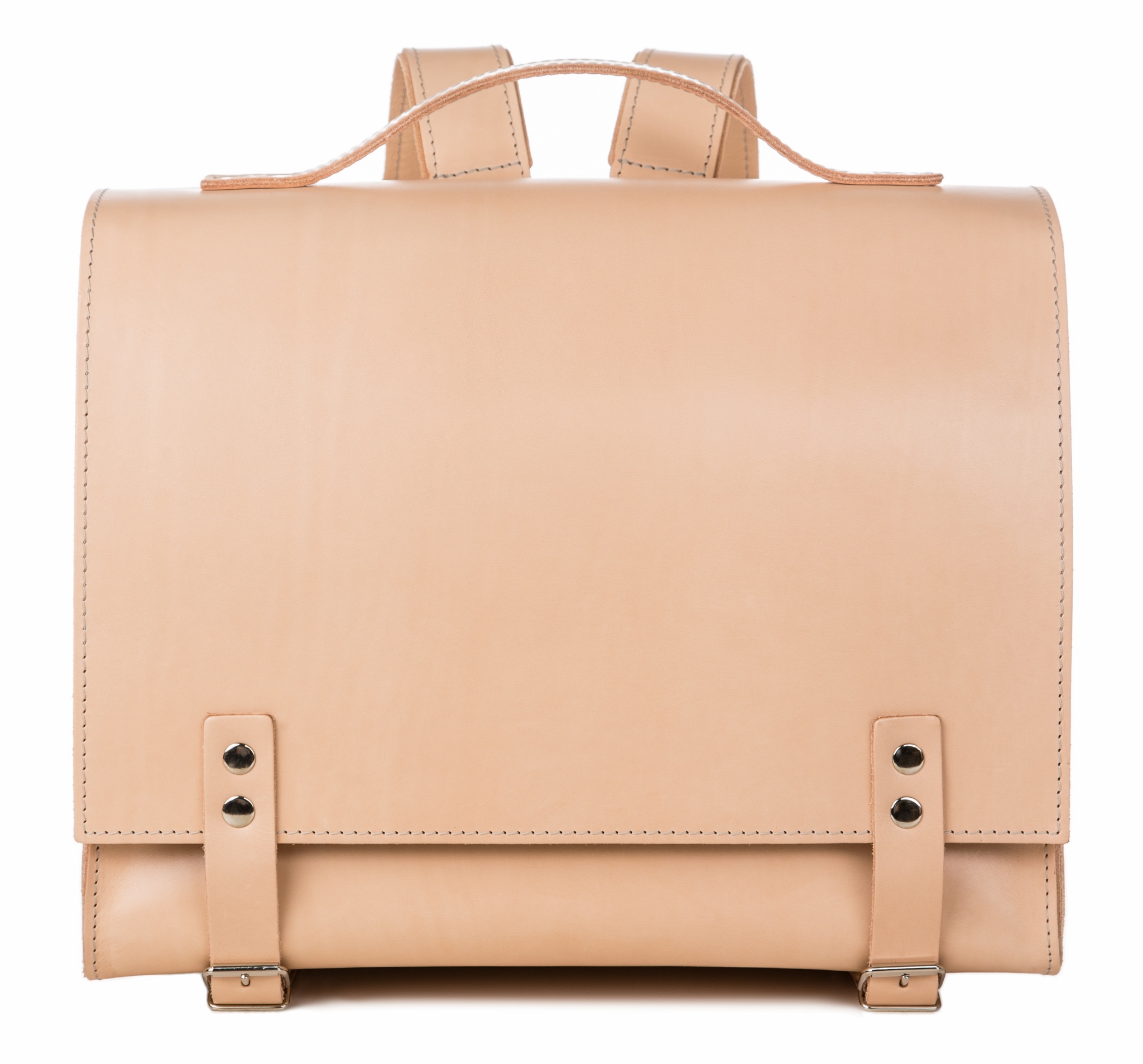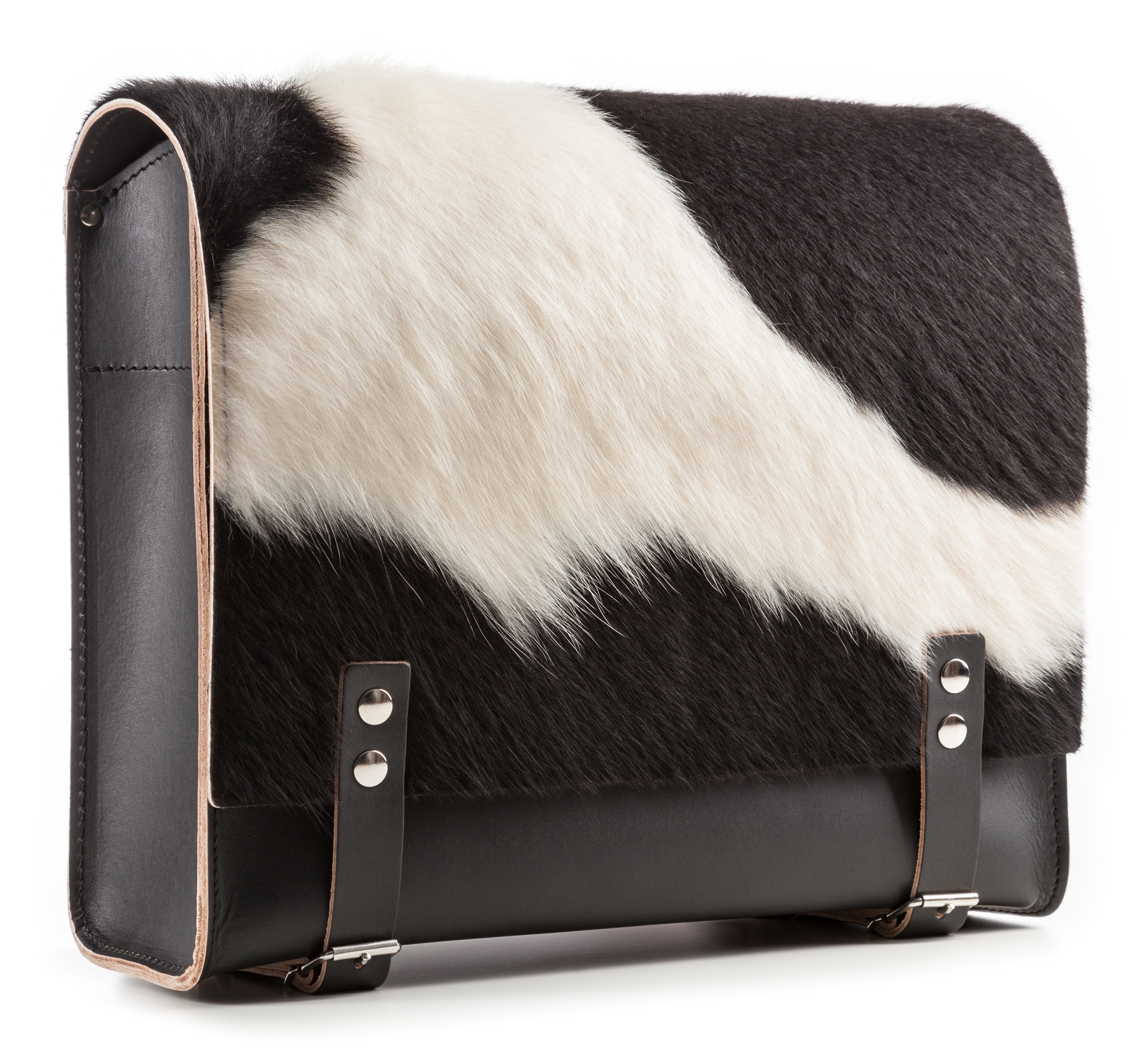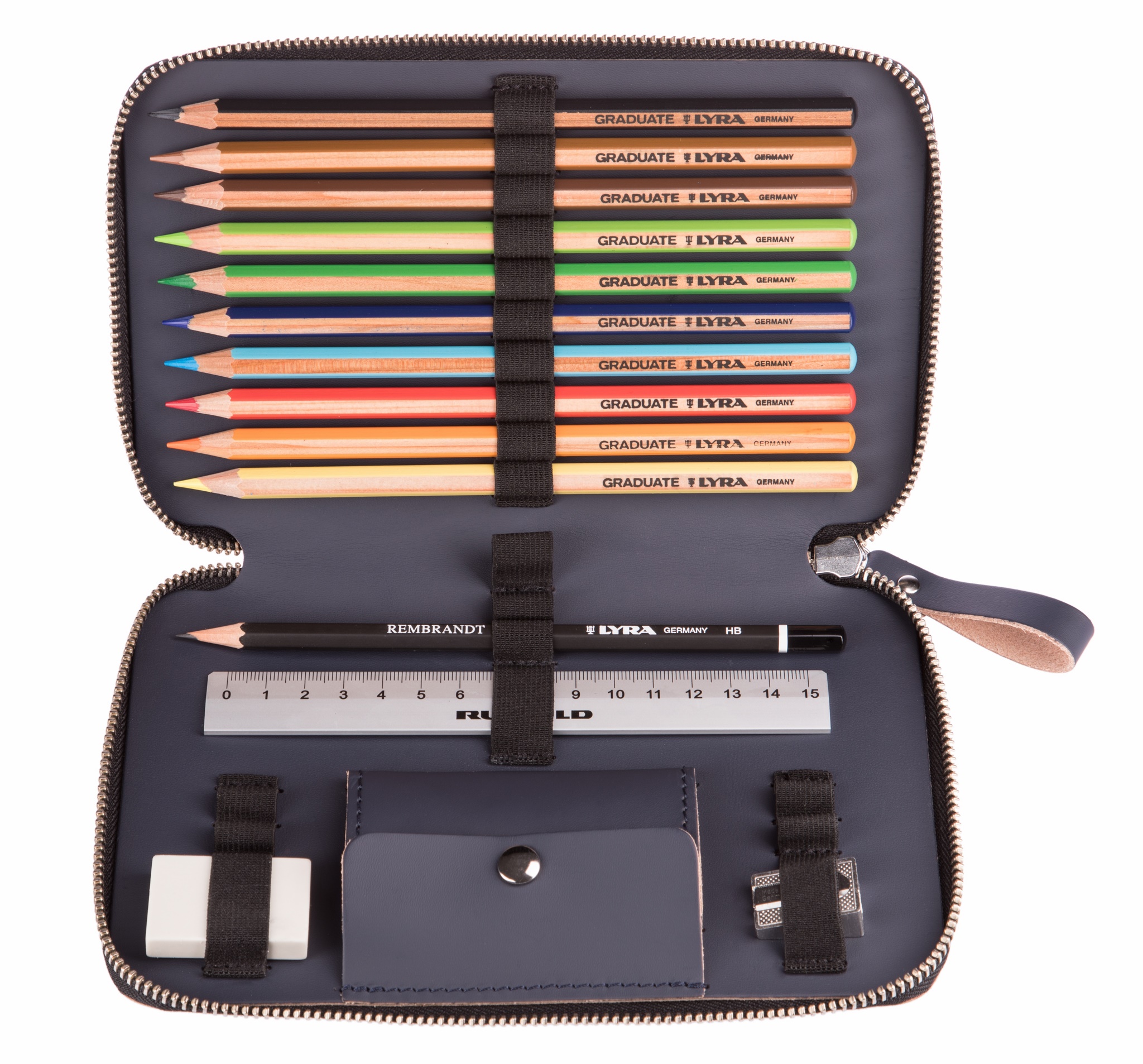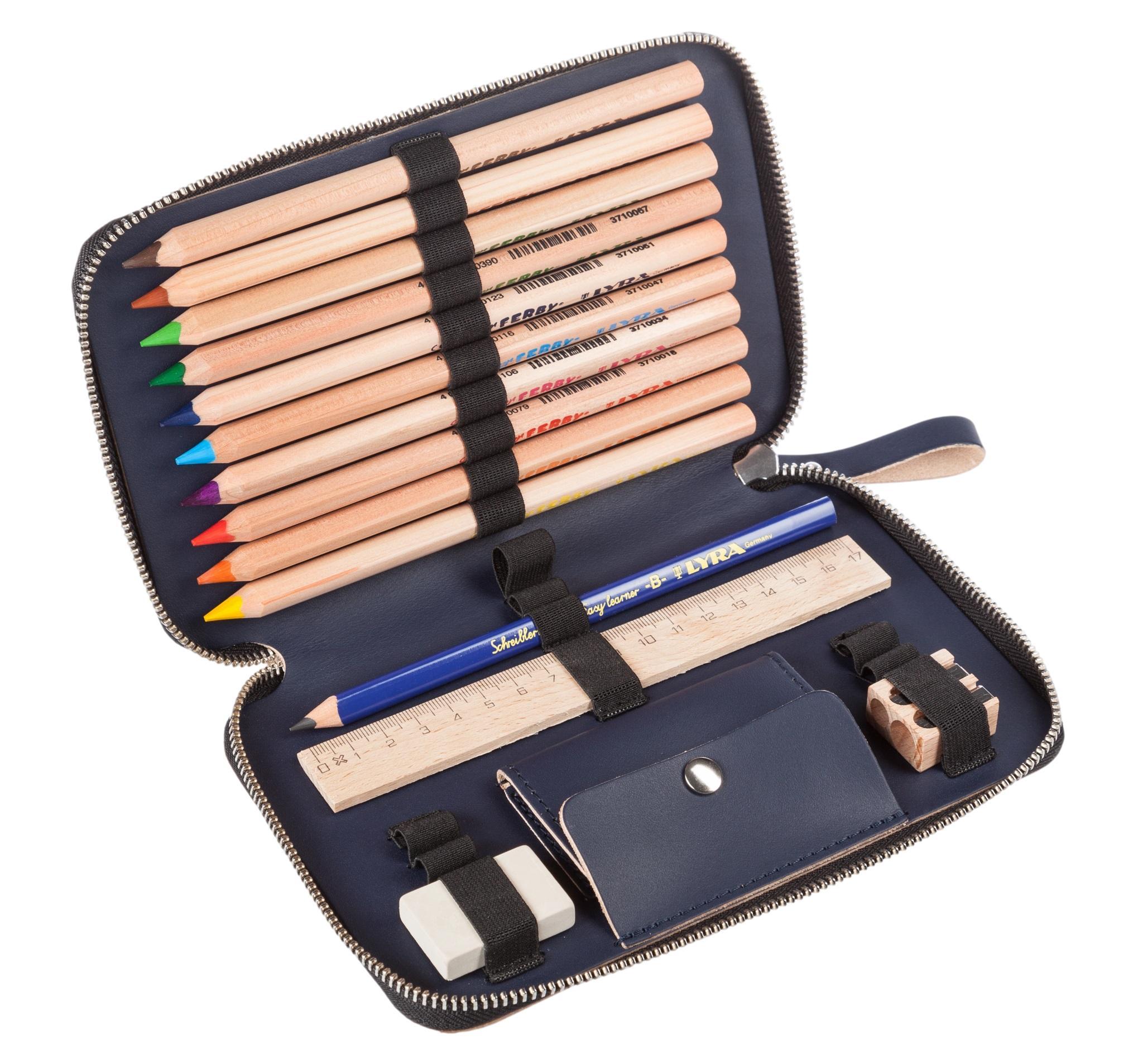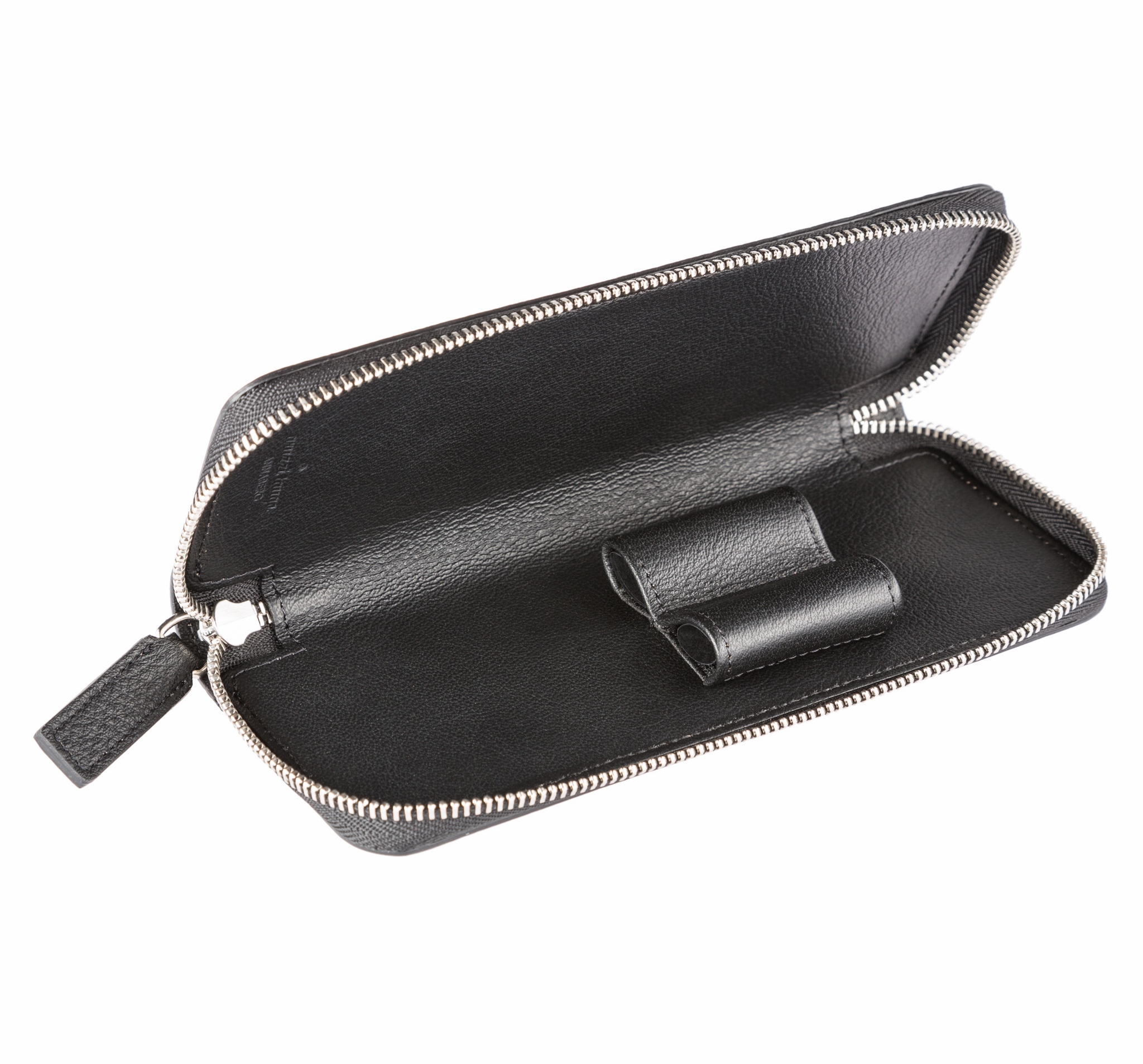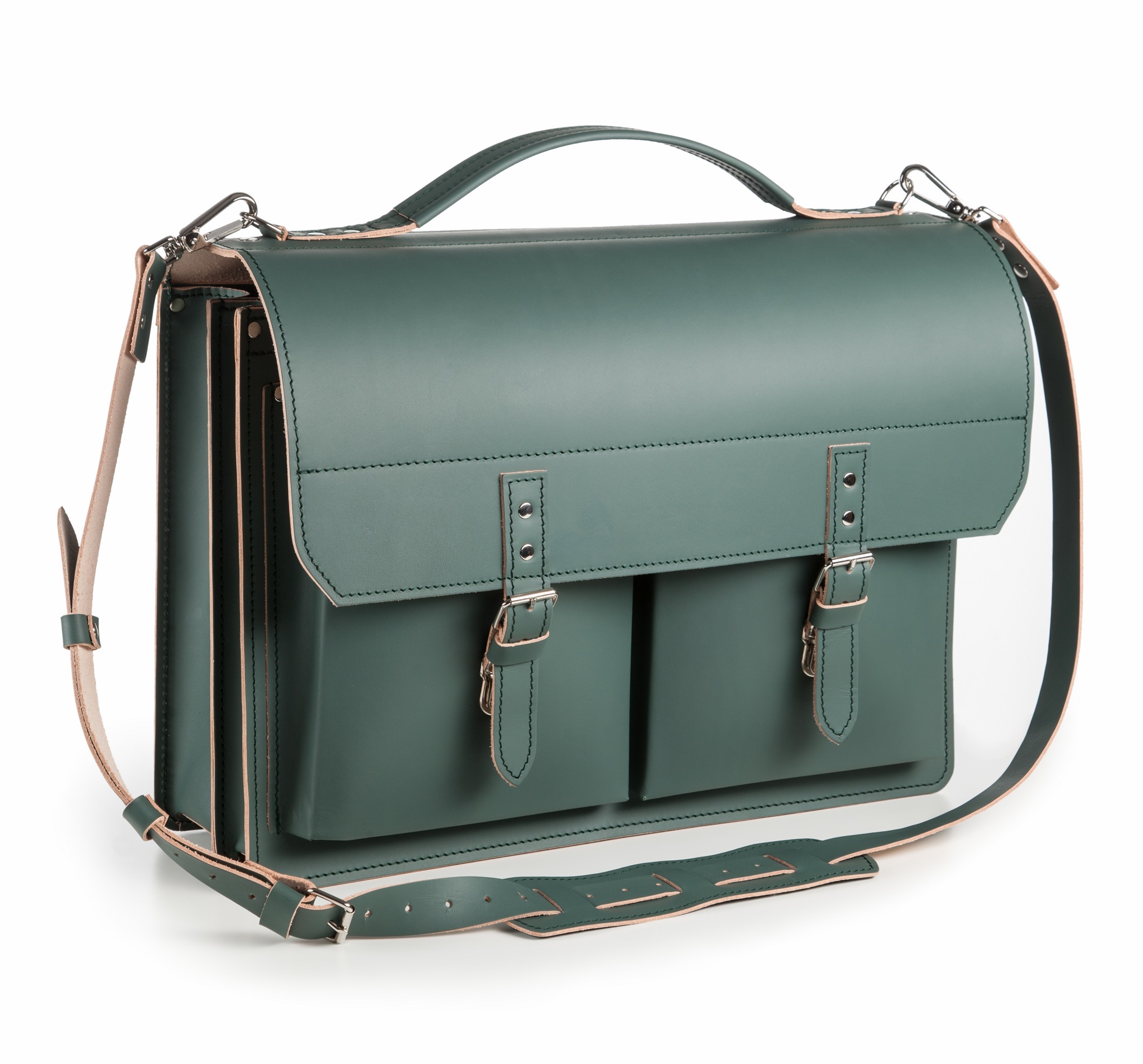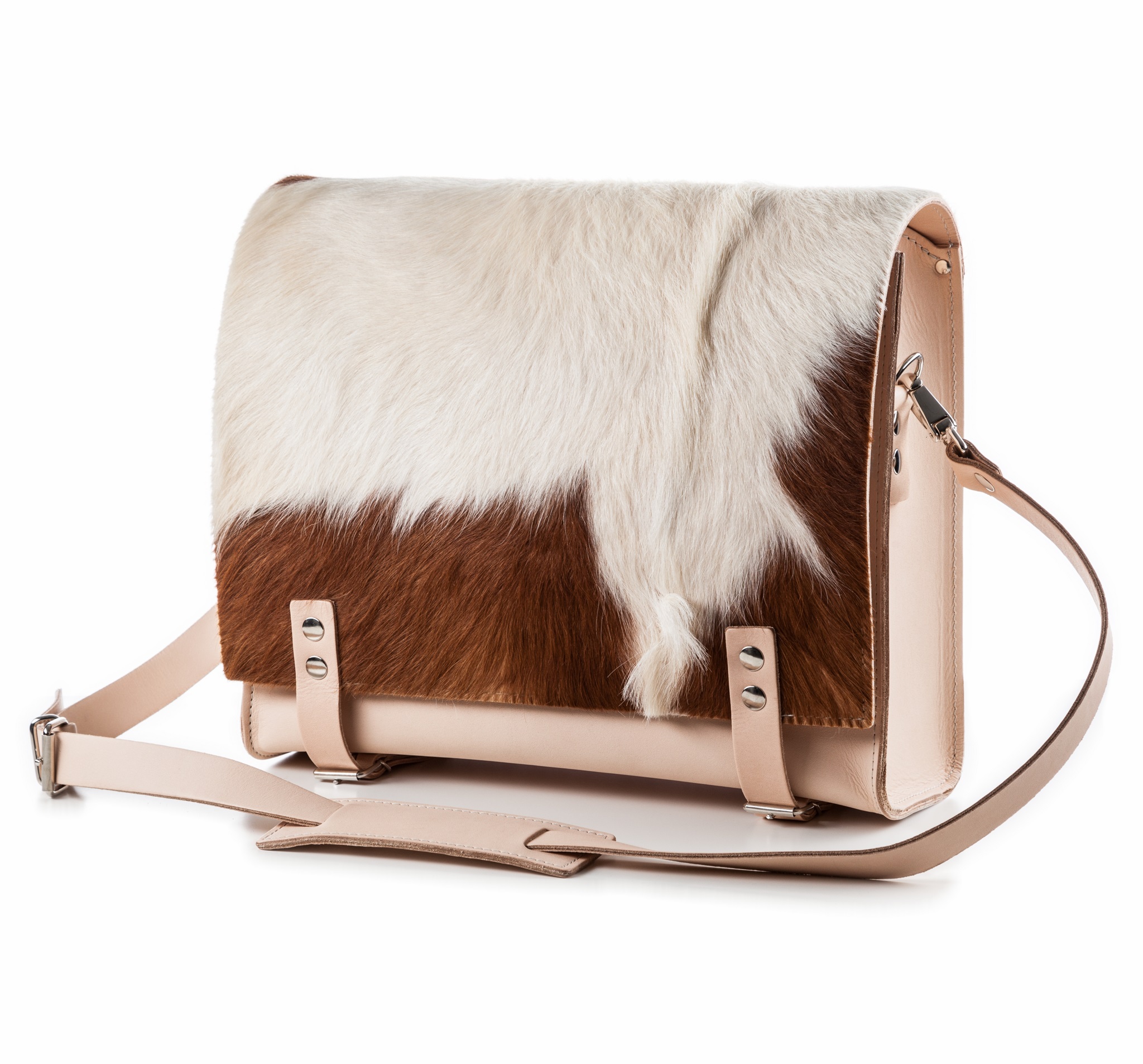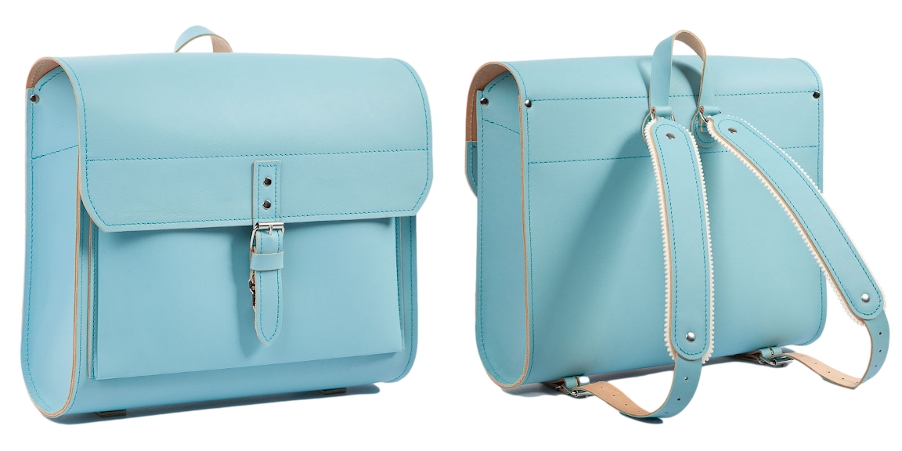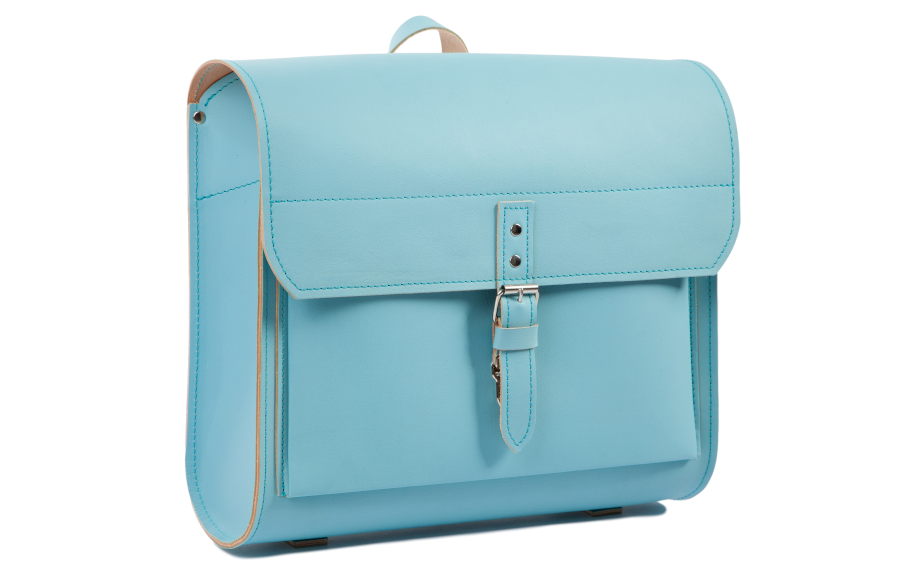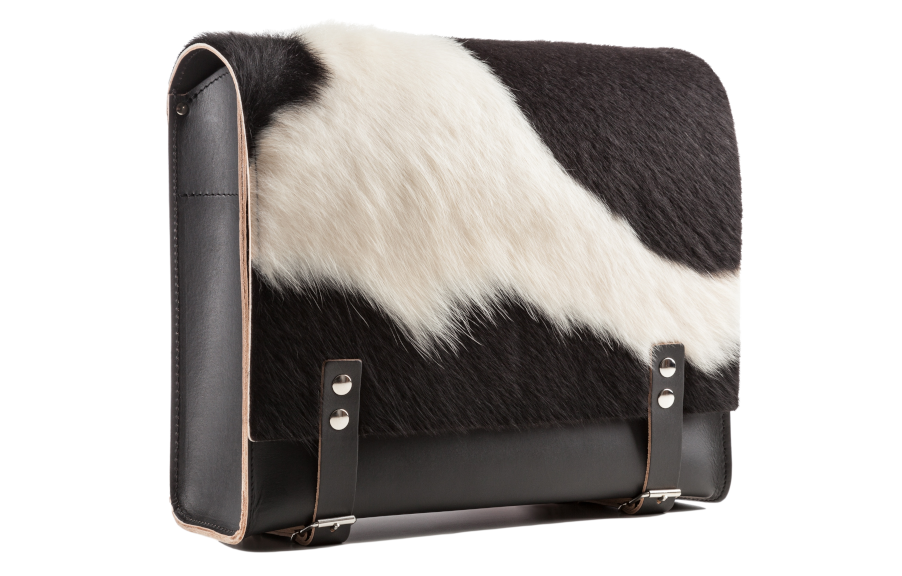ESSENTIALS FOR SCHOOL
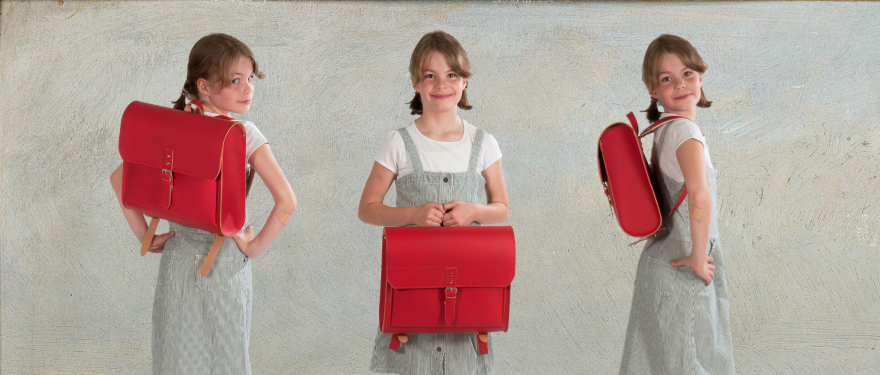
Design classics for primary school: The iSi school satchel, 1,000g lightweight
Classic school bags for girls and boys
From first grade to graduation, boys and girls learn together in one classroom. An everyday occurrence. The standard in German-speaking countries at least since the baby boomers started school. Learning opportunities have long since ceased to be gender-specific. Textile design for girls only, for example, and handicrafts for boys, have long been history. At school, no one should be disadvantaged because of their gender; girls should not be disadvantaged in mathematics and science, boys in language subjects and reading.
Everyone should have the same opportunities for education, training and professional qualifications. Where measurable differences nevertheless occur, educational research starts with the question of how learning conditions at school can be further improved so that equal opportunities are increased. Why do girls today graduate from high school more often with better grades on average than boys? Why do boys have better maths and physics grades, but more often drop out of school without graduating? No question: For more than half a century, the individual promotion of every school child - regardless of gender - has been the measure of all things, one could almost say the most normal thing in the world. All the more astonishing that school enrolment today regularly triggers elf alarms in the classroom. In the twenties of the 21st century, many a schoolchild's outfit seems heartbreakingly clichéd. Between black and blue action heroes and pink horses and fairies on schoolbags and the like, there is a gender gap that no one wants to see in the classroom. The tricky maths problem only for boys? An extra grade in calligraphy for girls? Not to think about it.
According to a quintessence of educational research, it is not only a child's cognitive abilities that determine learning success in mathematics, but also traditional role models in the family. In countries such as Sweden, Norway and Iceland, where equal rights for women and men are largely realised, girls and boys, for example, achieve about the same good results in mathematics tests. Overcoming role clichés instead of cultivating them makes sense, especially at school. Accordingly, training and further education courses are working on eliminating stereotypical prejudices of teachers. So how "typical boy", "typical girl" can school supplies be today? How about a little less gender, and just a little more unisex? Without dramatising the matter, more gender-neutral basics for school are certainly not the worst choice. You can't go wrong with a classic, equally suitable for girls and boys.
The first school bag, more than just a backpack
There is no question that the transition from kindergarten to primary school is a challenge for the whole family. During this time, children experience an enormous developmental boost. As part of a long-term study at the Max Planck Institute for Human Development in Berlin, psychologist Garvin Brod found that starting school triggers and decisively influences this leap in the development of children between the ages of five and seven. According to the study, the change from the play-oriented environment of kindergarten to the structured learning environment of primary school leads to a measurably better ability to concentrate and to control one's own behaviour. For parents, it is fascinating to see their child discover the world anew by learning the alphabet, to see how first the Abc is learned letter by letter, and then the letters are put together to form a word. The changing world and self-perception of the child is experienced almost daily. A new dialogue develops during evening readings and at the family table. To be able to accompany the learning to read and the associated development is a gift. First grade - an incredibly great time.
Without exaggerating, it is certainly sensible to take into account the developmental boost that comes with starting school when choosing a school bag. The school bag, chosen by a kindergarten child, is carried by the school child. In order for the decision to stand the test of time, it seems sensible to avoid infantilising designs. If you don't want to buy new equipment every year, you should avoid overly babyish motifs. Otherwise, the development of talent and personality in the first grade means that the first school bag, once chosen with enthusiasm, is perceived as embarrassing a short time later. Infantile design has a short lifespan. It is not uncommon for product design of children's and school supplies to aim precisely at this; artificially produced obsolescence through exaggeratedly infantile and stereotypical motifs. If the first school bag is not only to be functional, but also to remain usable through grades 1 to 4 of primary school, it is advisable to choose classic designs without clichéd patterns or applications. If necessary, the school bag can be redesigned with interchangeable gimmicks that can be attached temporarily. This is fun for some children, looks exclusive and individual, and makes the first school bag something special in the long run.
Why it is worth packing the school bag every day
The bigger and heavier school bags have become over the years, the more their comfort has been praised in current marketing. A paradox that is not immediately obvious to common sense.
Six-year-old boys and girls have an average height of about 120 cm. They weigh an average of 22 to 24 kg. At the age of seven, girls and boys are then about 126 cm tall and weigh an average of just under 30 kg. The standard school bag for children starting school today has a capacity of 20 litres. When fully packed, a school bag with this storage space has a carrying weight of about 10 kg. If a six-year-old child is going to attend the first grade and the satchel is fully loaded so that it weighs 10 kg, the child is carrying a good 40% of its own body weight on its back. By way of comparison, an adult person weighing 70 kg would carry 28 kg on their back if they loaded their backpack in the same proportion, i.e. with 40% of their own body weight. This should make it clear to everyone that the actual carrying weight naturally has an influence on carrying comfort. Can you imagine a backpack for an adult that is made in such a way that over 20 kg can be easily and lightly carried? Such a high carrying weight is not associated with carrying comfort per se.
A rather special tool in the marketing of school bags is the use of testimonies from doctors and therapists. You will always find a physiotherapist or orthopaedist who can testify that the enormously high carrying weight is not a problem for schoolchildren. After all, it's the movement that does it! According to these experts, the lack of movement is worse than the high carrying weight of school bags. Children today move far too little, which is why they complain of back pain. In any case, the back pain would not be caused by school bags that are too heavy. It is certainly an accurate observation that children today move less, sit a lot earlier - especially in front of Playstation and other devices. It seems plausible that the musculature is correspondingly less developed as a result of this lifestyle. But that carrying up to 40% of one's own body weight every day is not really problematic sounds cynical. So that the schoolchild can start the day unencumbered, it is worth packing the school bag daily and keeping the carrying weight as low as possible in any case.
All are light, but our School Satchel iSi is lighter
With an empty weight of just 1,000 g, our iSi school bag is the lightweight among school bags. The perfect basic for children in grades 1 to 4. The features in detail:
- Compact format with a maximum capacity of 15 litres
- Adjustable shoulder straps with a comfortable width of 5 cm
- Shoulder straps padded with 2 mm thick felt made from 100% virgin wool
- Satchel made of non-toxic material: pure vegetable-tanned leather, made in Germany
- Seams with thread tested for harmful substances, made in Germany
- Practical handle for lifting and hanging up the satchel
- Easy to open fastener
The compact dimensions of the school bag are in perfect proportion to the height of a primary school child. Our iSi school bag offers storage space for the basic equipment of notebooks, books and writing materials that a primary school child needs. With its maximum capacity of 15 litres, the iSi school bag is never overloaded. This makes it comfortable to carry and ensures a carefree journey to school.
RINGO and G! - School satchels in retro style
Vintage style has long been established for furnishing children's rooms. Soft, pastel colours combined with natural materials such as wood and wool. It looks beautiful and lets the child's soul dangle. Our school satchels in retro design go well with this. The colours pastel turquoise and greenish grey blend in particularly well with the vintage look. Navy can be used to set a classically calm accent. Emphasise natural harmony with Patina. Leaning on a wooden desk or the original desk from the flea market, the retro satchel contributes to the romantic feel-good atmosphere in the children's room. The cuddly cult satchel with fur as well as our school satchel iSi.
Our pencil cases: The perfect addition to your school bag
Pencil cases for pupils from grade 1 to secondary school. A slim classic with one compartment. Especially spacious with two compartments. Optionally already filled for school beginners. Our all-rounder for the whole school year.
Why our school bags are the sustainable alternative
Today's commercial school satchels are made of plastic, preferably in Vietnam and China. It is well known that plastic is a huge problem for people and the environment. Plastic products are produced through enormous consumption of fossil raw materials, often to be thrown away after only a short time of use. Due to pollutants, they pose health risks. The plastic waste floating in the oceans reveals the gigantic disposal problem inherent in the production of plastic.
Plastic is omnipresent in the everyday lives of schoolchildren. From the plastic flooring in the classroom to the plastic learning materials to the plastic toys in the after-school care. Then there are the personal items that children use at school: Plastic drinking bottles, plastic cans for the break or sandwiches wrapped in food foil, and last but not least plastic clothes and school bags. As part of a large-scale long-term study with a total of 2,500 children aged 3 to 17, the Federal Environment Agency found that 97 percent of all children examined had degradation substances from plastic in their urine. The study was published in 2017. Among other things, the measured values of perfluorooctanoic acid (PFOA), which is used in so-called outdoor or functional clothing, were worrying.
The plastic waste produced worldwide is mainly incinerated or recycled in China. Recycling plastic does not eliminate the problem. Even recycled plastic remains in our environment. As a result, it makes sense to avoid plastic wherever possible and choose low plastic or plastic-free alternatives. For example, a leather school satchel instead of a plastic backpack. Completely plastic-free, all our school satchels are made from organic leather produced in Germany, an ecologically and healthwise safe material free of PVC, AZO dyes and phthalates. A particularly beautiful and sustainable alternative.
Our online outlet: special price school bags
Our school bags have their price. High-quality materials, traditional craftsmanship and fair working conditions are not free. For the smaller purse, we offer various second choice articles at low prices in our outlet. These are items that have small blemishes, come from trial runs or have been taken out of the programme in the meantime. Discover our selected seconds, which will also give you lasting pleasure.

